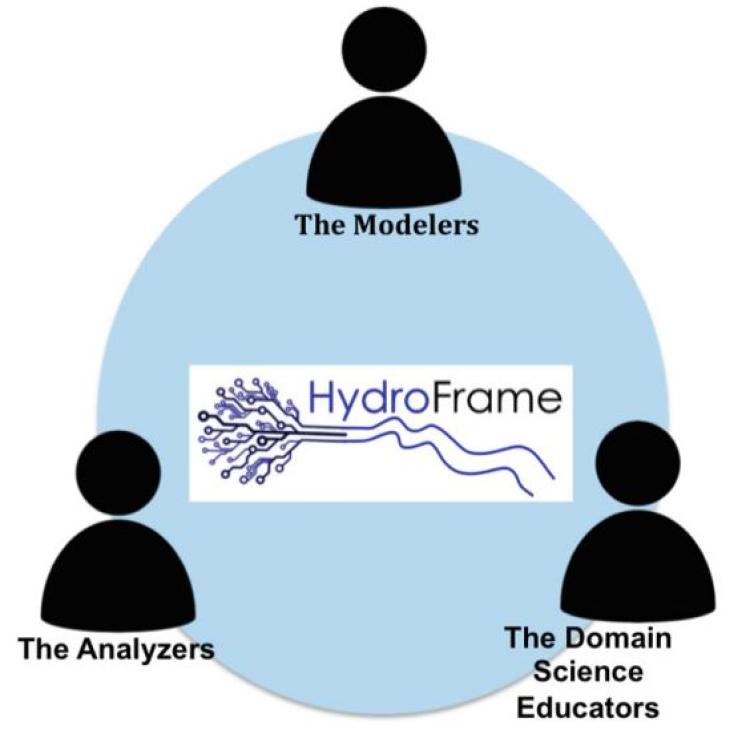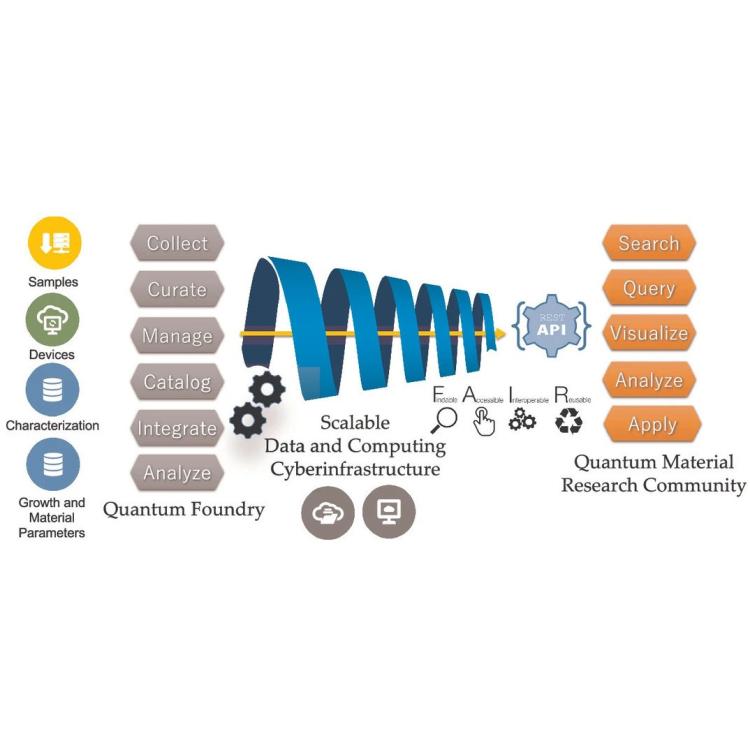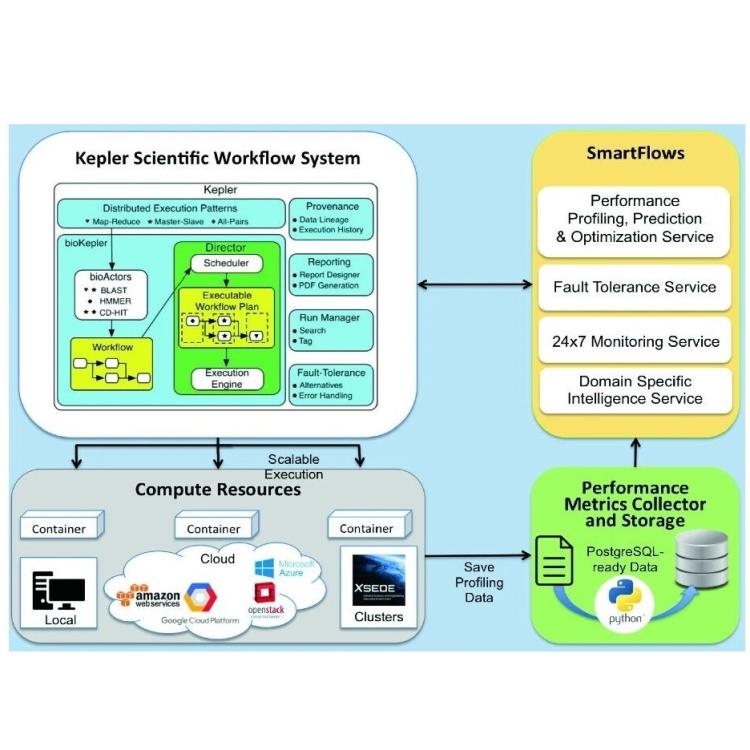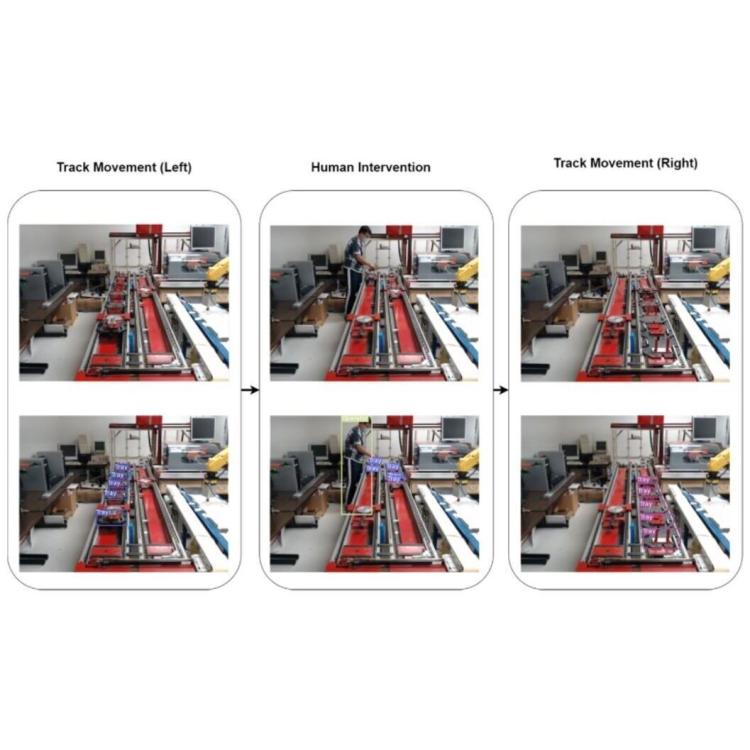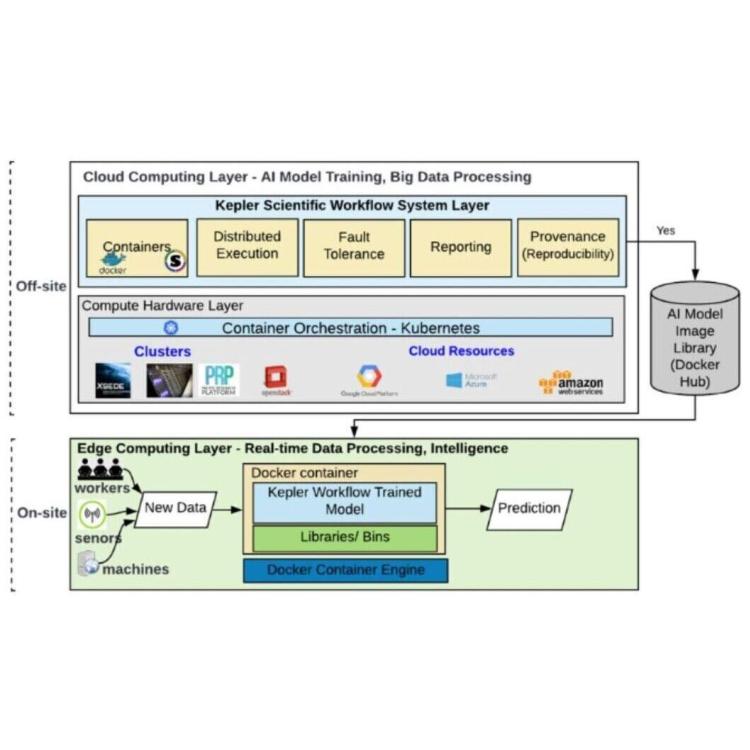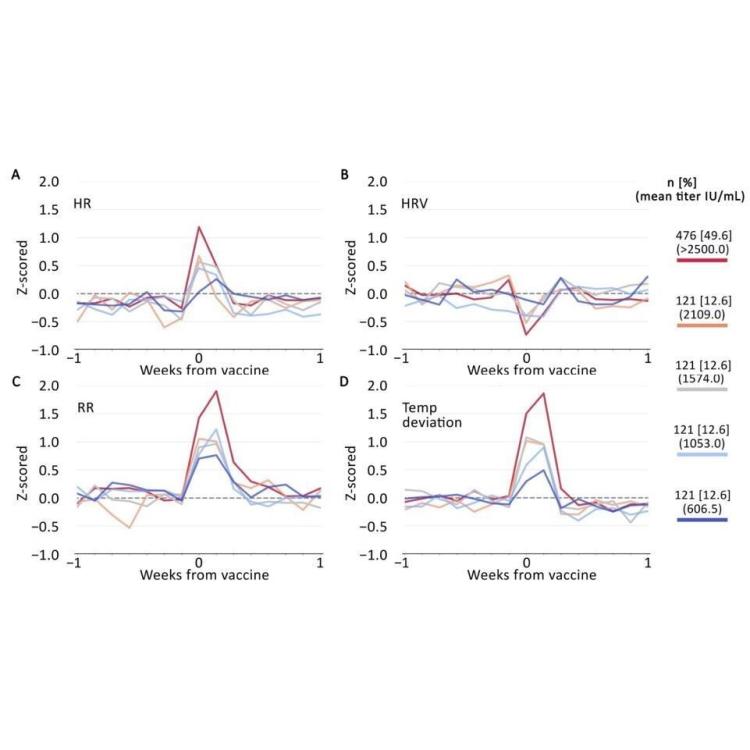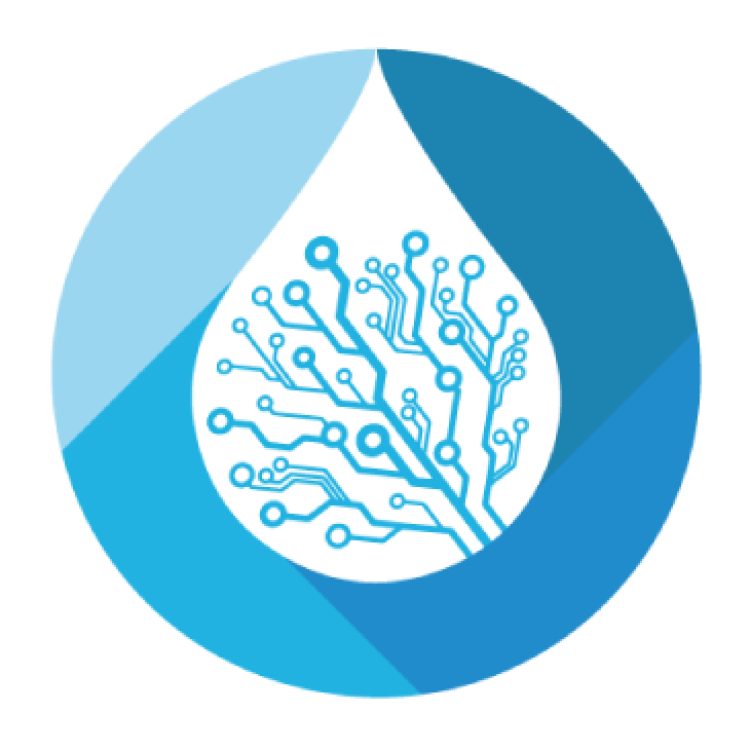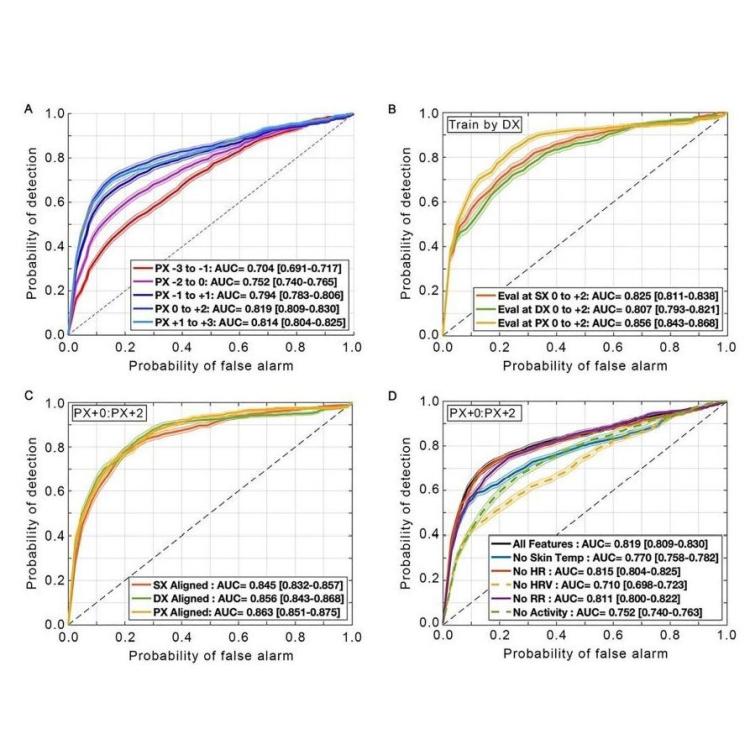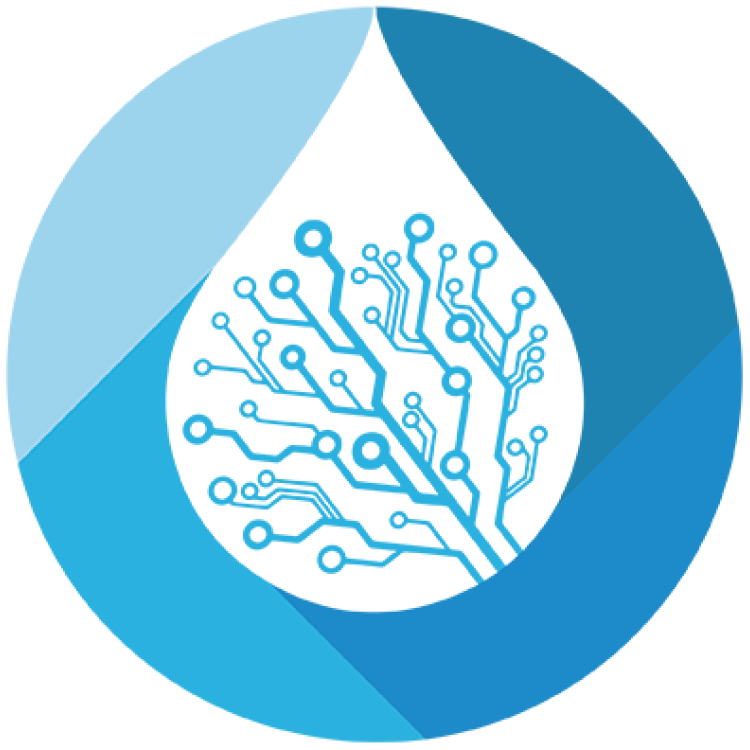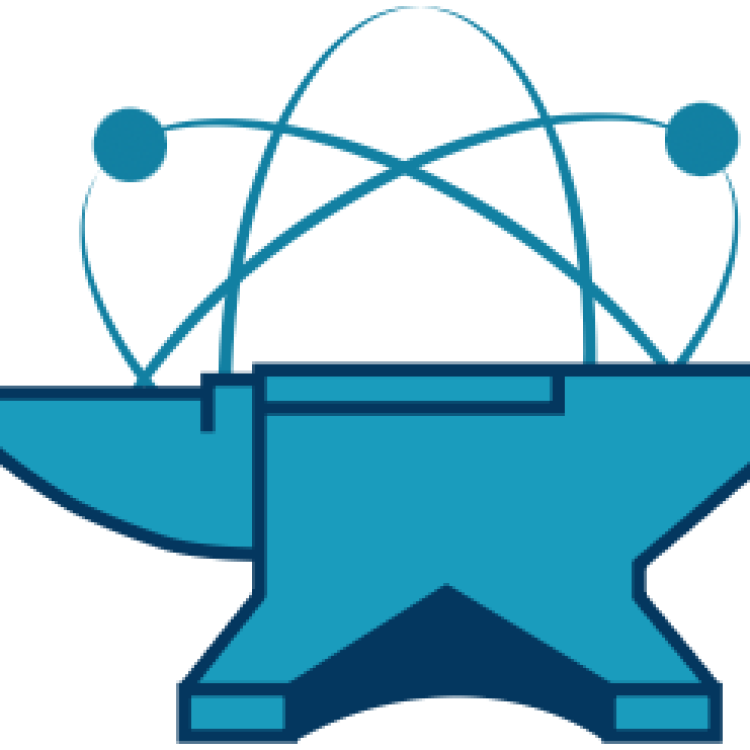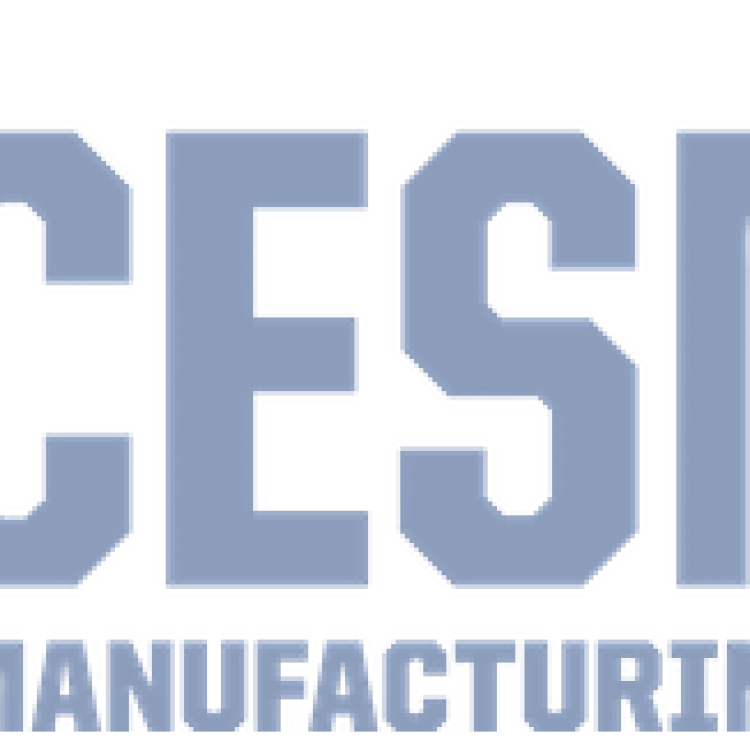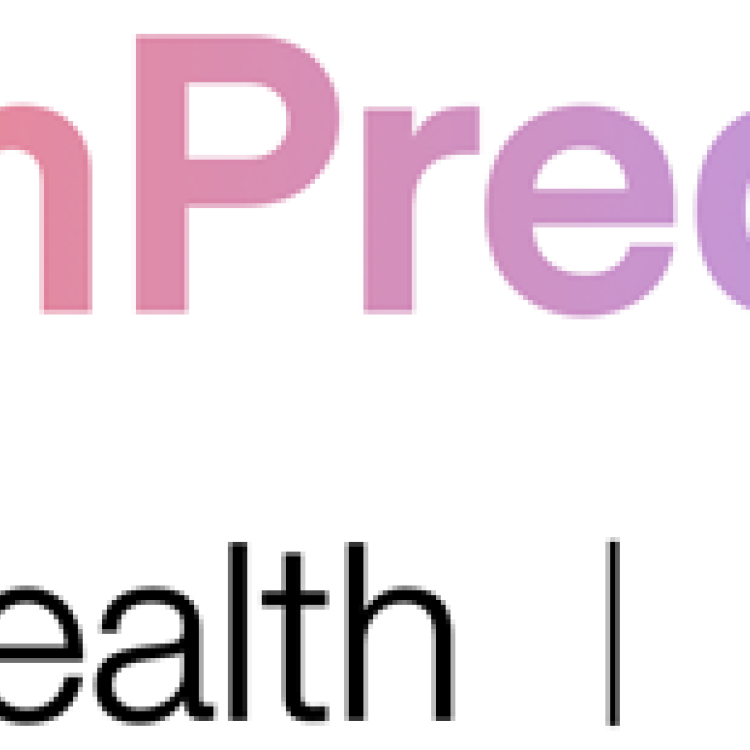HydroFrame: A Software Framework to Enable Continental Scale Hydrologic Simulation
The goal of the HydroFrame project is to provide a community framework for sophisticated high resolution hydrologic simulation across the entire continental US. To accomplish this we are building an integrated software framework for continental scale hydrologic simulation and data analysis built with multi-scale configurable components. The multi-scale requirements of this domain drive the design of the proposed framework.



